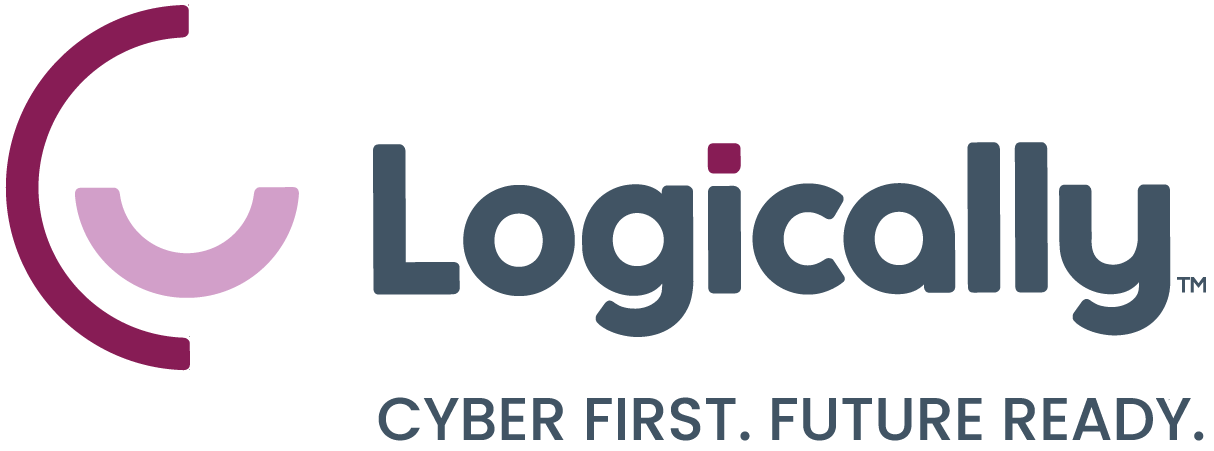.png?width=880&height=495&name=Top%205%20New%20Teams%20Features%20to%20Boost%20Productivity%20in%202025%20(4).png)
In today’s rapidly evolving digital landscape, leveraging AI tools like Microsoft 365 Copilot can significantly enhance productivity and streamline workflows. However, the successful integration of such advanced technologies requires a strategic approach to training and onboarding. This blog post outlines a phased methodology to ensure your team can effectively use Microsoft 365 Copilot.
Phase 1: Preparation and Assessment
- Understand Your Needs
Before diving into the training process, it’s crucial to assess your team’s specific needs and how Microsoft 365 Copilot can address them. Identify key areas where Copilot can add value, such as automating repetitive tasks, generating insights from data, or facilitating communication.
- Set Clear Objectives
Establish clear and measurable objectives for the training program. What do you aim to achieve by integrating Microsoft 365 Copilot? Whether it’s improving efficiency, enhancing accuracy, or reducing workload, having defined goals will guide the training process.
Assess Skill Levels
Evaluate the current skill levels of your team members regarding AI tools and Microsoft 365 applications. This assessment will help tailor the training sessions to address knowledge gaps and ensure everyone is on the same page.
Phase 2: Introduction and Familiarization
-
Kick-off Meeting
Start with a kick-off meeting to introduce Microsoft 365 Copilot to your team. Highlight its benefits, potential applications, and how it aligns with your organizational goals. This initial session should create excitement and set the tone for the training program.
- Provide Resources
Supply your team with educational resources such as user manuals, tutorials, and videos. Microsoft’s official documentation and training materials can be invaluable at this stage. Encourage self-paced learning to allow team members to explore Copilot’s features at their convenience.
- Hands-on Demonstrations
Arrange live demonstrations to showcase Microsoft 365 Copilot in action. Walk your team through various use cases, emphasizing how Copilot can assist with their daily tasks. Interactive sessions where team members can ask questions and try out features themselves are particularly effective.
Phase 3: Structured Training Sessions
- Role-specific Training
Tailor training sessions to address the specific roles and responsibilities within your team. For instance, finance teams may focus on how Copilot can automate data entry and generate financial reports, while marketing teams might explore content creation and data analysis features.
- Interactive Workshops
Conduct interactive workshops where team members can practice using Microsoft 365 Copilot in a controlled environment. These sessions should include real-world scenarios that your team encounters, allowing them to see firsthand how Copilot can enhance their workflows.
- Regular Check-ins
Schedule regular check-ins to monitor progress and address any challenges or questions that arise. Continuous feedback loops are essential to ensure that the training is effective and to make any necessary adjustments.
Phase 4: Integration and Advanced Training
- Integrate Copilot into Daily Workflows
Encourage the integration of Microsoft 365 Copilot into daily workflows. Support your team in gradually incorporating Copilot’s features into their routine tasks. This step is crucial for transitioning from training to practical application.
- Advanced Training
As your team becomes more comfortable with the basics, introduce advanced training sessions. Delve deeper into Copilot’s capabilities, covering complex features and customization options. Advanced training can unlock Copilot’s full potential and drive further efficiencies.
Phase 5: Evaluation and Continuous Improvement
- Evaluate Effectiveness
Assess the effectiveness of the training program by measuring the outcomes against the initial objectives. Use metrics such as productivity improvements, time saved, and user satisfaction to gauge success.
- Provide Ongoing Support
Offer ongoing support to ensure your team continues to use Microsoft 365 Copilot effectively. This can include regular refresher courses, access to updated resources, and a dedicated helpdesk for troubleshooting.
- Encourage Feedback
Create a feedback loop where team members can share their experiences and suggest improvements. Their insights can be invaluable for refining the training process and identifying new opportunities for Copilot’s application.
Conclusion
Training your team to use Microsoft 365 Copilot effectively requires a thoughtful, phased approach. By preparing thoroughly, providing comprehensive training, and ensuring continuous support, you can maximize the benefits of this powerful AI tool.
Embrace the journey towards enhanced productivity and efficiency and watch as your team thrives with the help of Microsoft 365 Copilot.
By Alex Burton - Logically's Microsoft Specialist



